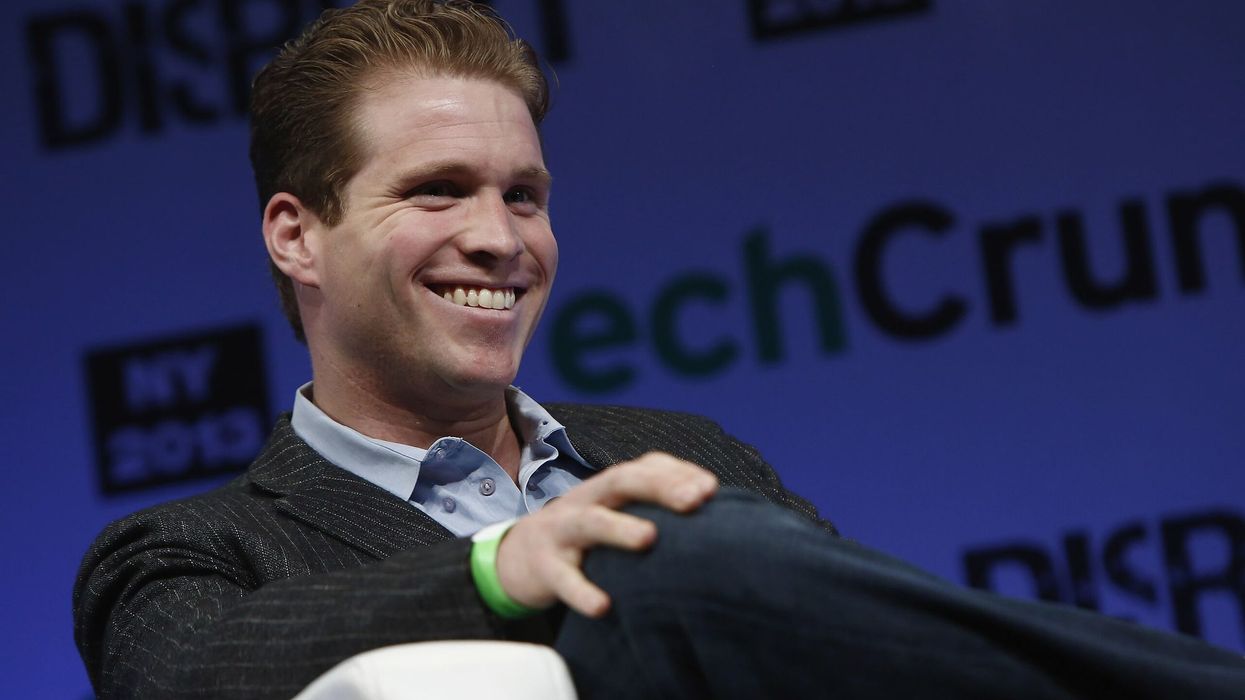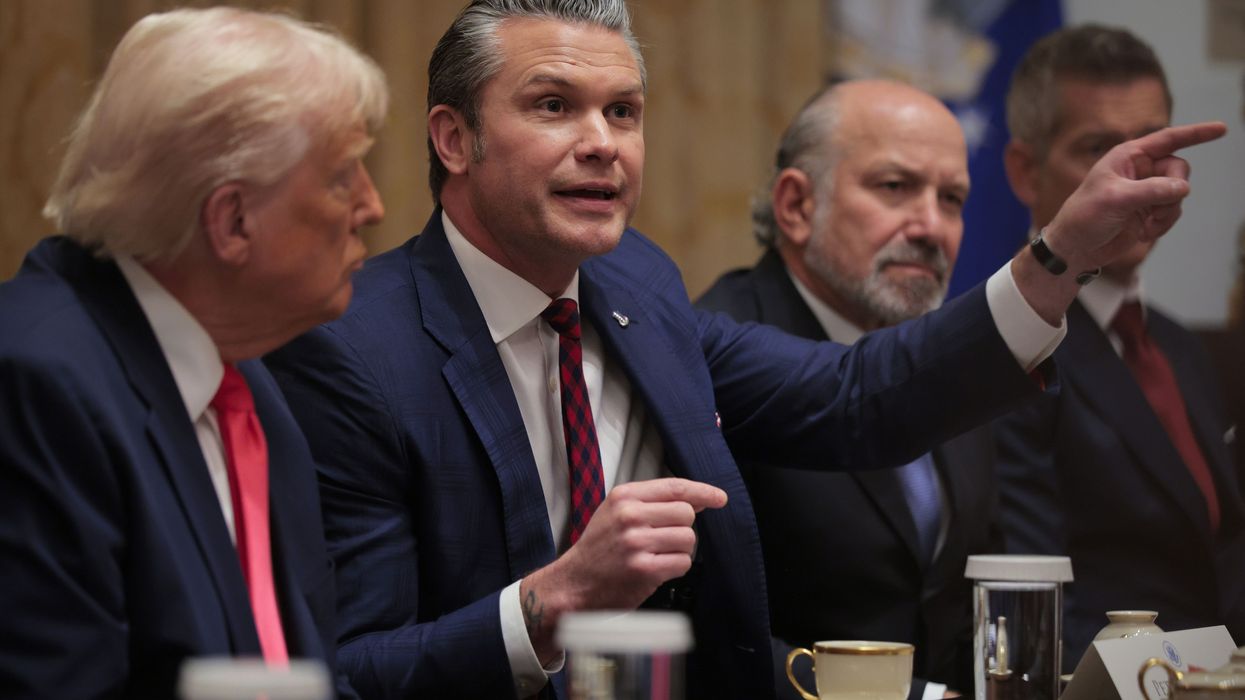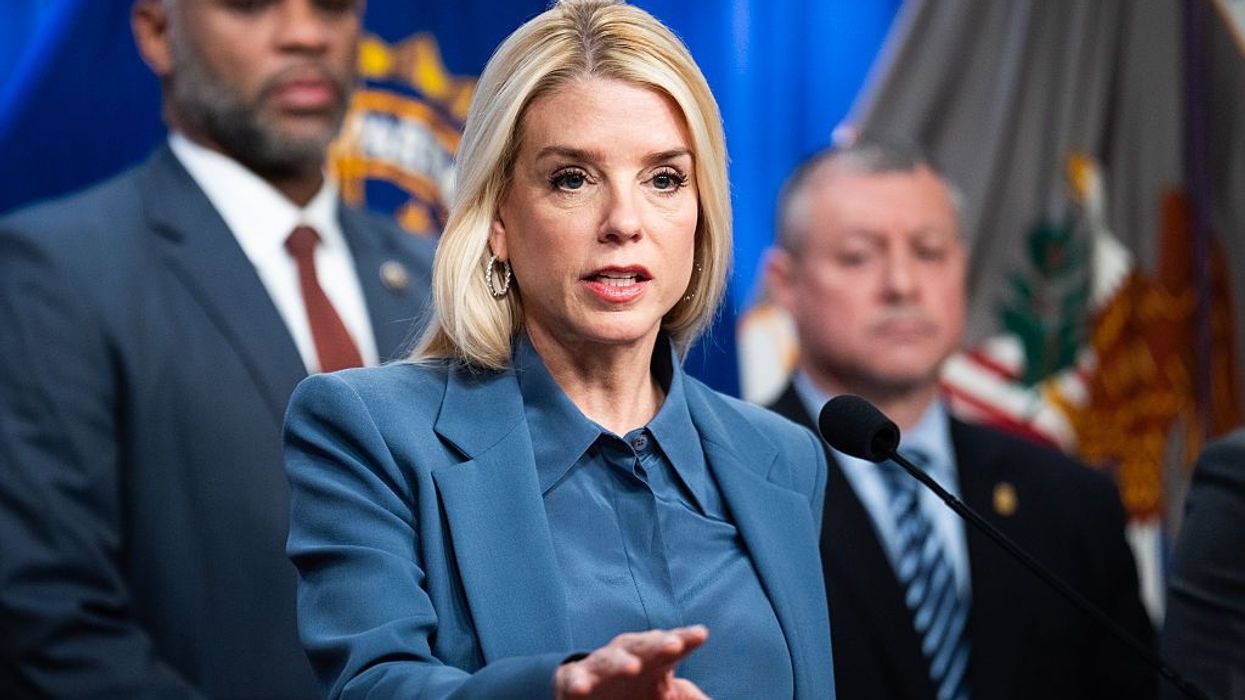December, 11 2012, 01:34pm EDT

Northwestern Hawaiian Islands Nominated for Superfund Cleanup
Plastic pollution killing thousands of marine mammals, birds and fish
SAN FRANCISCO
The Center for Biological Diversity today petitioned the Environmental Protection Agency to designate the Northwestern Hawaiian Islands -- including the portion of the enormous Pacific Garbage Patch within United States waters -- as the nation's newest Superfund site. Plastic debris kills or injures thousands of seabirds, marine mammals and turtles every year while contaminating the environment with toxic chemicals.
The EPA's Superfund program is designed to identify and clean up the country's most polluted areas. Today's petition, which targets one of the world's largest marine conservation areas, is the first time that plastic-infested waters of the United States have been nominated for a Superfund designation.
"The waters of the Northwestern Hawaiian Islands contain thousands of pounds of plastic bags, bottles and other toxic litter that's deadly to seals, birds and other marine wildlife," said Emily Jeffers, a Center attorney. "Something this big and disgusting needs the kind of attention that only a Superfund designation can provide."
The Northwestern Hawaiian Islands, whose reefs and shores are deluged by plastic debris, have long been a haven for marine wildlife. Designated a national marine monument in 2006, this 1,200-mile chain of scattered islands and atolls is home to more than 7,000 marine species, one quarter of which are found nowhere else on Earth. The Pacific Garbage Patch is a swirling mass of litter in the Pacific Ocean larger than the state of Texas.
As garbage is tossed into the Pacific Ocean, currents pull the debris into a vast, undulating mass of "plastic soup." Countless sea turtles, Hawaiian monk seals and other animals are hurt and killed. Some wildlife are entangled and drowned; others are strangled or suffer from lacerations and infection. Still others starve after consuming plastic because it creates false feelings of satiation. Nearly all Laysan albatross chicks in the Northwestern Hawaiian Islands, for instance -- 97.5 percent -- have plastic in their stomachs, fed to them by their parents who believe the plastics are food.
Plastic is also a source of toxic chemicals that, after being consumed by fish and birds, move up the food chain to bigger fish and marine mammals. These toxins can then be passed to humans who eat fish like swordfish and tuna.
"These deadly garbage patches have been ignored for decades and only gotten bigger," Jeffers said. "If we're serious about stopping plastic pollution from killing wildlife, we need to start the cleanup now."
The EPA's Superfund program, officially called the Comprehensive Environmental Response, Compensation, and Liability Act, was passed in 1970 to protect human health and the environment from hazardous substances; it empowers the EPA to clean up areas that pose a threat to a healthy environment. Before a site becomes eligible for cleanup and remediation, it must be evaluated by the EPA to determine the extent and nature of the contamination. Today's petition calls on the agency to gather data and assess the nature and extent of plastic pollution in the Northwestern Hawaiian Islands and surrounding areas.
Photos are available for media use.
At the Center for Biological Diversity, we believe that the welfare of human beings is deeply linked to nature — to the existence in our world of a vast diversity of wild animals and plants. Because diversity has intrinsic value, and because its loss impoverishes society, we work to secure a future for all species, great and small, hovering on the brink of extinction. We do so through science, law and creative media, with a focus on protecting the lands, waters and climate that species need to survive.
(520) 623-5252LATEST NEWS
Billionaire Palantir Co-Founder Pushes Return of Public Hangings as Part of 'Masculine Leadership' Initiative
"Immaturity masquerading as strength is the defining personal characteristic of our age," said one critic in response.
Dec 07, 2025
Venture capitalist Joe Lonsdale, a co-founder of data platform company Palantir, is calling for the return of public hangings as part of a broader push to restore what he describes as "masculine leadership" to the US.
In a statement posted on X Friday, Lonsdale said that he supported changing the so-called "three strikes" anti-crime law to ensure that anyone who is convicted of three violent crimes gets publicly executed, rather than simply sent to prison for life.
"If I’m in charge later, we won’t just have a three strikes law," he wrote. "We will quickly try and hang men after three violent crimes. And yes, we will do it in public to deter others."
Lonsdale then added that "our society needs balance," and said that "it's time to bring back masculine leadership to protect our most vulnerable."
Lonsdale's views on public hangings being necessary to restore "masculine leadership" drew swift criticism.
Gil Durán, a journalist who documents the increasingly authoritarian politics of Silicon Valley in his newsletter "The Nerd Reich," argued in a Saturday post that Lonsdale's call for public hangings showed that US tech elites are "entering a more dangerous and desperate phase of radicalization."
"For months, Peter Thiel guru Curtis Yarvin has been squawking about the need for more severe measures to cement Trump's authoritarian rule," Durán explained. "Peter Thiel is ranting about the Antichrist in a global tour. And now Lonsdale—a Thiel protégé—is fantasizing about a future in which he will have the power to unleash state violence at mass scale."
Taulby Edmondson, an adjunct professor of history, religion, and culture at Virginia Tech, wrote in a post on Bluesky that the rhetoric Lonsdale uses to justify the return of public hangings has even darker intonations than calls for state-backed violence.
"A point of nuance here: 'masculine leadership to protect our most vulnerable' is how lynch mobs are described, not state-sanctioned executions," he observed.
Theoretical physicist Sean Carroll argued that Lonsdale's remarks were symbolic of a kind of performative masculinity that has infected US culture.
"Immaturity masquerading as strength is the defining personal characteristic of our age," he wrote.
Tech entrepreneur Anil Dash warned Lonsdale that his call for public hangings could have unintended consequences for members of the Silicon Valley elite.
"Well, Joe, Mark Zuckerberg has sole control over Facebook, which directly enabled the Rohingya genocide," he wrote. "So let’s have the conversation."
And Columbia Journalism School professor Bill Grueskin noted that Lonsdale has been a major backer of the University of Austin, an unaccredited liberal arts college that has been pitched as an alternative to left-wing university education with the goal of preparing "thoughtful and ethical innovators, builders, leaders, public servants and citizens through open inquiry and civil discourse."
Keep ReadingShow Less
Hegseth Defends Boat Bombings as New Details Further Undermine Administration's Justifications
The boat targeted in the infamous September 2 "double-tap" strike was not even headed for the US, Adm. Frank Bradley revealed to lawmakers.
Dec 07, 2025
US Defense Secretary Pete Hegseth on Saturday defended the Trump administration's policy of bombing suspected drug-trafficking vessels even as new details further undermined the administration's stated justifications for the policy.
According to the Guardian, Hegseth told a gathering at the Ronald Reagan presidential library that the boat bombings, which so far have killed at least 87 people, are necessary to protect Americans from illegal drugs being shipped to the US.
"If you’re working for a designated terrorist organization and you bring drugs to this country in a boat, we will find you and we will sink you," Hegseth said. "Let there be no doubt about it."
However, leaked details about a classified briefing delivered to lawmakers last week by Adm. Frank Bradley about a September 2 boat strike cast new doubts on Hegseth's justifications.
CNN reported on Friday that Bradley told lawmakers that the boat taken out by the September 2 attack was not even headed toward the US, but was going "to link up with another, larger vessel that was bound for Suriname," a small nation in the northeast of South America.
While Bradley acknowledged that the boat was not heading toward the US, he told lawmakers that the strike on it was justified because the drugs it was carrying could have theoretically wound up in the US at some point.
Additionally, NBC News reported on Saturday that Bradley told lawmakers that Hegseth had ordered all 11 men who were on the boat targeted by the September 2 strike to be killed because "they were on an internal list of narco-terrorists who US intelligence and military officials determined could be lethally targeted."
This is relevant because the US military launched a second strike during the September 2 operation to kill two men who had survived the initial strike on their vessel, which many legal experts consider to be either a war crime or an act of murder under domestic law.
Rep. Jim Himes (D-Conn.), the ranking member of the House Permanent Select Committee on Intelligence, watched video of the September 2 double-tap attack last week, and he described the footage as “one of the most troubling things I’ve seen in my time in public service.”
“Any American who sees the video that I saw will see its military attacking shipwrecked sailors,” Himes explained. “Now, there’s a whole set of contextual items that the admiral explained. Yes, they were carrying drugs. They were not in position to continue their mission in any way... People will someday see this video and they will see that that video shows, if you don’t have the broader context, an attack on shipwrecked sailors.”
While there has been much discussion about the legality of the September 2 double-tap strike in recent days, some critics have warned that fixating on this particular aspect of the administration's policy risks taking the focus off the illegality of the boat-bombing campaign as a whole.
Daphne Eviatar, director for security and human rights for Amnesty International USA, said on Friday that the entire boat-bombing campaign has been "illegal under both domestic and international law."
"All of them constitute murder because none of the victims, whether or not they were smuggling illegal narcotics, posed an imminent threat to life," she said. "Congress must take action now to stop the US military from murdering more people in the Caribbean and Eastern Pacific."
Keep ReadingShow Less
Leaked Memo Shows Pam Bondi Wants List of 'Domestic Terrorism' Groups Who Express 'Anti-American Sentiment'
"Millions of Americans like you and I could be the target," warned journalist Ken Klippenstein of the new memo.
Dec 07, 2025
A leaked memo written by US Attorney General Pam Bondi directs the Department of Justice to compile a list of potential "domestic terrorism" organizations that espouse "extreme viewpoints on immigration, radical gender ideology, and anti-American sentiment."
The memo, which was obtained by journalist Ken Klippenstein, expands upon National Security Presidential Memorandum-7 (NSPM-7), a directive signed by President Donald Trump in late September that demanded a "national strategy to investigate and disrupt networks, entities, and organizations that foment political violence so that law enforcement can intervene in criminal conspiracies before they result in violent political acts."
The new Bondi memo instructs law enforcement agencies to refer "suspected" domestic terrorism cases to the Joint Terrorism Task Forces (JTTFs), which will then undertake an "exhaustive investigation contemplated by NSPM-7" that will incorporate "a focused strategy to root out all culpable participants—including organizers and funders—in all domestic terrorism activities."
The memo identifies the "domestic terrorism threat" as organizations that use "violence or the threat of violence" to advance political goals such as "opposition to law and immigration enforcement; extreme views in favor of mass migration and open borders; adherence to radical gender ideology, anti-Americanism, anti-capitalism, or anti-Christianity; support for the overthrow of the United States Government; hostility towards traditional views on family, religion, and morality."
Commenting on the significance of the memo, Klippenstein criticized mainstream media organizations for largely ignoring the implications of NSPM-7, which was drafted and signed in the wake of the murder of right-wing activist Charlie Kirk.
"For months, major media outlets have largely blown off the story of NSPM-7, thinking it was all just Trump bluster and too crazy to be serious," he wrote. "But a memo like this one shows you that the administration is absolutely taking this seriously—even if the media are not—and is actively working to operationalize NSPM-7."
Klippenstein also warned that NSPM-7 appeared to be the start of a new "war on terrorism," but "only this time, millions of Americans like you and I could be the target."
Keep ReadingShow Less
Most Popular


